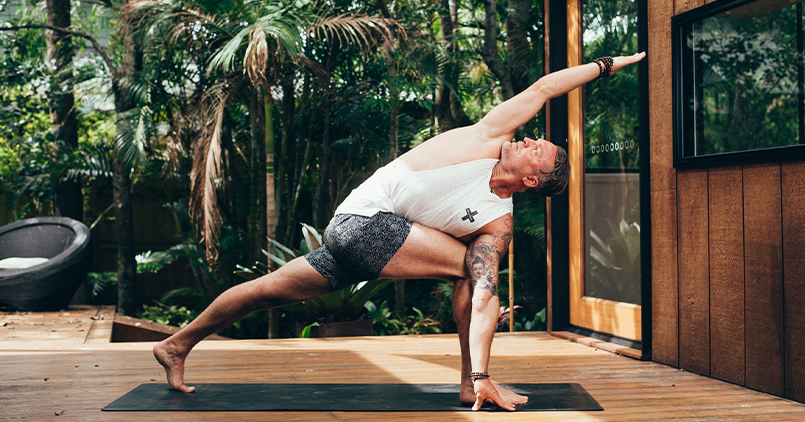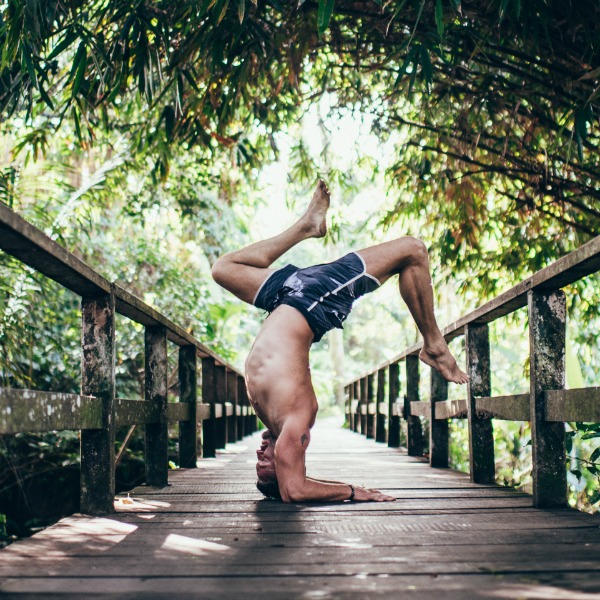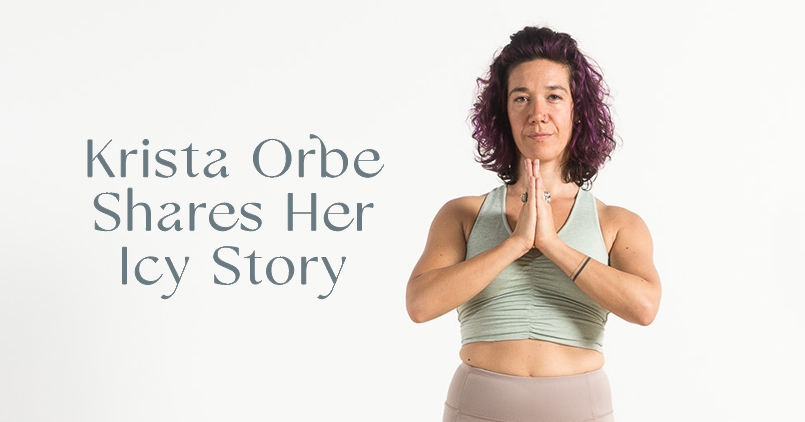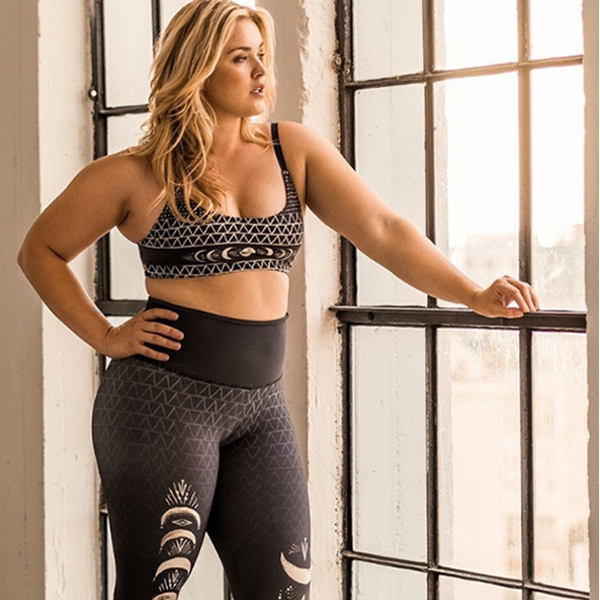09 Mar All You Need To Know About Functional Yoga

Fads in the health and wellness industry come and go, but functional movement is here to stay, it would appear. Holding strong for over 10 years in a study of global fitness trends, functional movement has established its value in the field of fitness and wellbeing. Not only is it informing how movement is being taught and supported in your local gym, it’s also slowly sneaking its way onto your mat. The new kid on the block is functional yoga. Stay tuned as we decipher what this exactly means and give you the scoop on this trend on your mat.
First things first, let’s recap what functional movement is before we go into the ins and outs of functional yoga later on.
What is Functional Movement?
Movements and exercises are considered functional if they support and strengthen the movement patterns that your body relies on to get tasks done every day. Think about how you pull a box off a shelf, squat down to pick a box up, or walk around all day. There are 7 primal movements: bending, squatting, lunging, twisting, pulling, walking (gait) and pushing. So, what is the big deal you might think? You can go to your nearest gym to strengthen the associated muscles but what can we do to support the movement patterns? How do we increase the active range of movement?
When we think about increasing range of motion, we think of yoga. That stretches us, right? Well, let’s interrogate that a little further too. Hmm, is it essential for you to put your legs behind your head to do the grocery shopping? Or do you need to headstand while you work? Thankfully not! The beyond-normal range of motion, sometimes sub-optimal alignment and the missing movements of pull and gait, plus the focus on flexibility limit how functional yoga can be. Let us explain a bit further.
Flexibility vs mobility in yoga asana.
One key focus of functional yoga is mobility, rather than flexibility. Flexibility is how far we can push into a stretch. On the other hand, mobility is the meeting of flexibility and control. A good example here is lotus pose. For most of us, not the most natural nor easy pose to come into. If you practice it, do you use your hands to help your legs into it? Most likely, that was a yes. Using your hands to assist in this pose shows flexibility, where you get to without that assistance is your mobility. Improving flexibility is not necessarily creating strength of movement or joint stability; it’s more passive. When we train mobility, we use the muscles involved in that movement to make it happen, strengthening the muscles that support the joint. This is what defines functional training.
Your muscle activation patterns.
To be fair, the flexibility versus mobility factor does sometimes come down to how you do some poses. Remember, the definition of functional includes movement patterns. Many of us have unconsciously created movement patterns that dump into our flexibility and use the muscles that are already strong. We like to take the path of least resistance. We can tend to play to our strengths and neglect the rest, intensifying or recruiting inappropriate muscle activation patterns to get to what our goal is. Think of our two warrior poses, Virabhadrasana. Where do you feel the burn the most? It’s most likely is in your quads, yet ideally, it is the gluteus muscles that are working in these poses.
Another good example would be one of your favourite yoga poses; you guessed it right; it’s utkatasana (chair pose). We mostly feel the burn in our thighs again. These two examples show inefficient muscle activation patterns, usually quad dominance and weak glutes. This pattern changes how we walk and leads to tight Illiotibial Bands, commonly known as your IT Bands. This pattern also impacts how well we connect to the core muscles. The poses do have the potential to be functional; it’s how we perform them that may not make them functional . Let’s look at some tweaks we can make below.
Functional alignment tweaks for your practice.
How we practice is highly dependent upon our anatomy and the movement patterns we’ve created. That’s why you, as a yoga teacher, need to know your bones. Functional yoga allows for a more individualised alignment, that encourages correct muscle activation rather than sticking to traditional alignment. Everybody is different, after all. In utkatasana you can engage the glute muscles easier if you keep your feet hip-distance apart rather than feet together as often taught. You should be feeling the burn in your bum now. Try it out. This alignment, while making the movement more like a squat, is also a more appropriate angle for the hip joint and reduces pressure on the knees. How the poses are cued and taught, and the adjustments made to the focus can make the poses more functional.
These tweaks make yoga asana more functional.
As we know, functional movements are integrated movements, requiring many muscles across multiple joints to work synergistically. And they require core muscle activation. That’s how the body naturally works. Every movement in life requires more than one body part or muscle group to work together. Functional yoga draws from and adapts other movement disciplines to create a stronger and more balanced practice. To introduce the pull movements, transitions that engage the core and develop the gait pattern, you may find the use of resistance bands, pilates or gym style moves in a yoga class. Hence a functional yoga practice is more focussed on developing this synergistic strength and connection while still creating greater mobility and flexibility. The aim is not to perfect the peak pose but to mindfully build mobility so you can practice yoga until you are old and grey.
As mentioned above, these tiny tweaks on your mats focus more on your mobility and strength over your flexibility. You are supporting your everyday movement patterns on your yoga mat, and still getting the benefits of your yoga asana practice that you are used to and love. As we all know, yoga is a holistic practice, with only one small portion being your asana practice. The spiritual and meditative aspects already add to the quality of your daily life. Integrating functional movement into your practice on the mat will truly prepare you for living off the mat, in every sense. What else is there to wish for? Power Living teachers are already integrating these tweaks into your favourite yoga classes now. They updated their yoga teacher training to incorporate these functional alignment tweaks to training the best modern yoga teachers in the best way there is.
Yoga teacher training goes functional.
Are ready to change your life and or curious about becoming a qualified yoga teacher informed by an understanding of functional movement? Start your teacher journey by learning from the best in the business. Join one of the upcoming teacher training info sessions in one of the studios. There you can ask all your burning questions and meet the teaching crew.
See you on the mat, yogis.
Original article written by Erin Bourne



